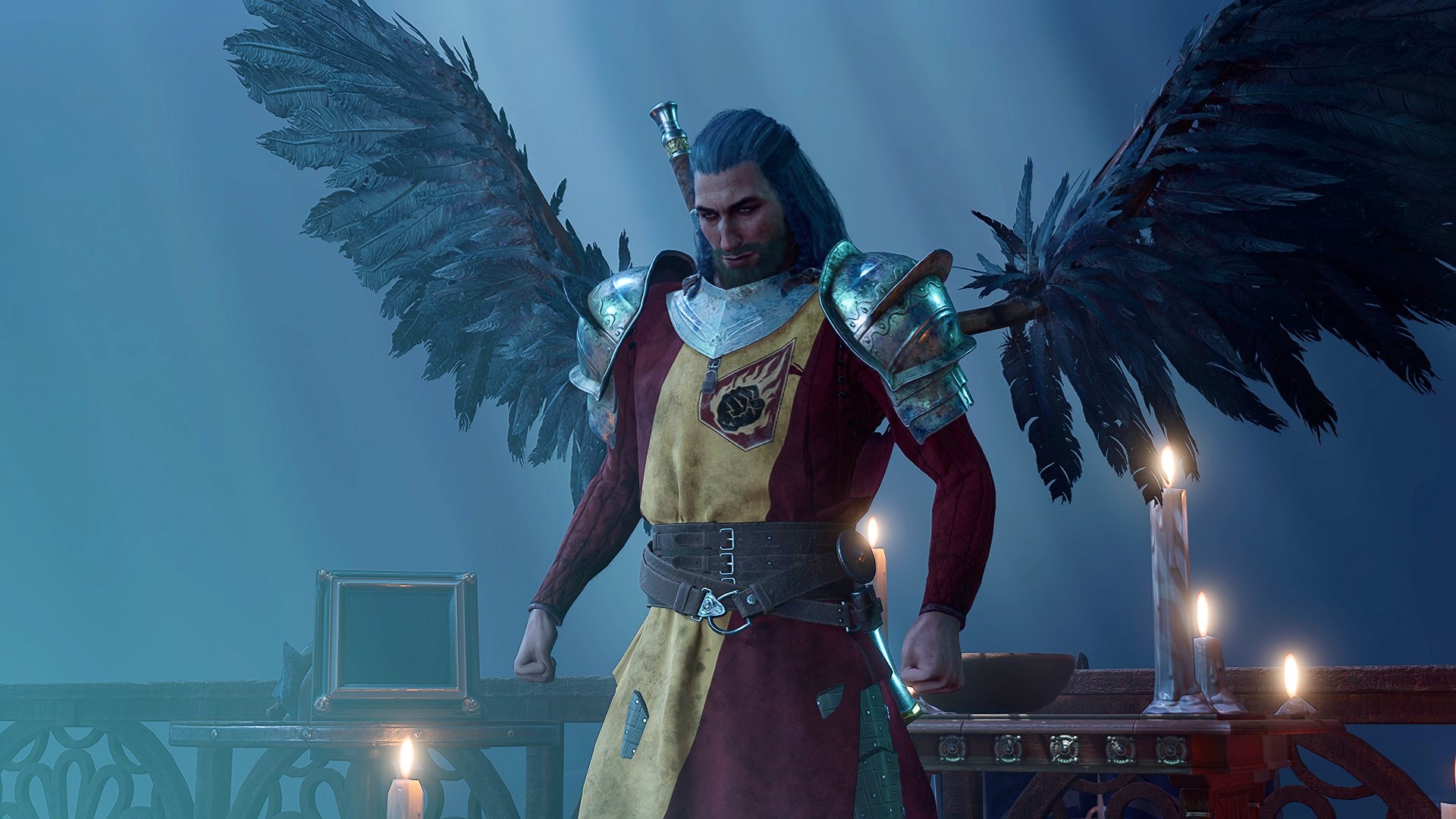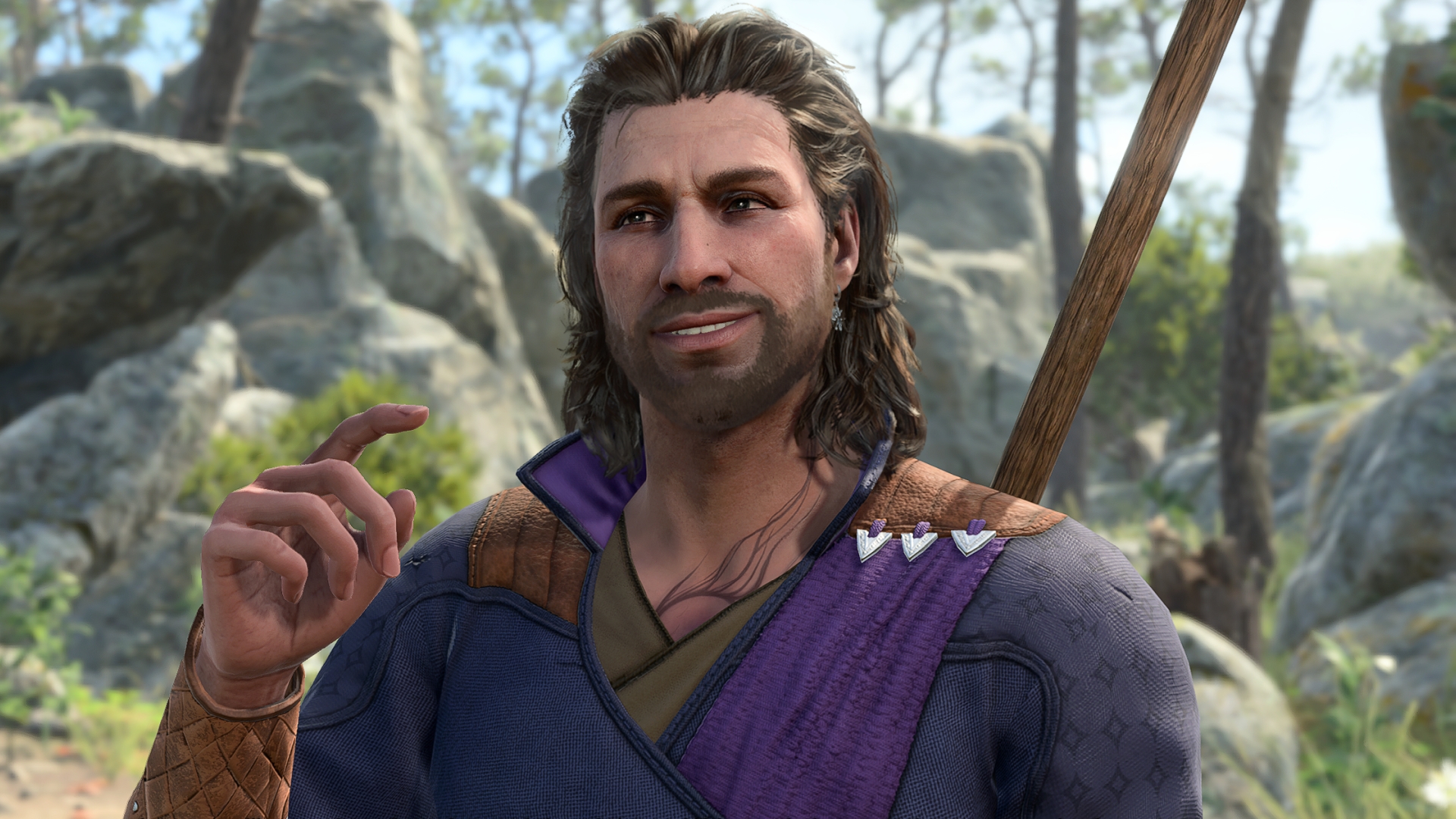
There's a good reason some Baldur's Gate 3 players plugged in over a hundred hours into its early access. Act 1, which the early access encompassed, is absolutely massive—both the overworld and the Underdark are large enough to keep you busy for a while with its chaotic, explorative adventures.
That feeling of openness doesn't reappear as dramatically in the game's later acts, though. Act 2 is a more contained experience, with a stronger main quest, a killer villain, and far higher stakes. Meanwhile, Act 3 serves as a big hub for several endgame dungeons.
There are some practical reasons for narrowing the game's scope like this—Larian Studios don't have infinite time and money, after all. However, according to lead writer Adam Smith (who spoke to GamesRadar last week), this choice was also important for the game's story and design.
"You have a lot of choice space in Act 2, but it's much more about 'how do we handle these very specific things?' rather than 'what are we exploring, what are we learning?' … I think some people have found it quite jarring because it's like, 'this is very different'. But that's kind of the richness of it. In terms of the pacing, I think if we'd done three big slices of space like we did in Act 1, I think it would get exhausting.

Baldur's Gate 3 guide: Everything you need
Baldur's Gate 3 tips: Be prepared
Baldur's Gate 3 classes: Which to choose
Baldur's Gate 3 multiclass builds: Coolest combos
Baldur's Gate 3 romance: Who to pursue
Baldur's Gate 3 co-op: How multiplayer works
"We didn't want people to think 'ok, I think I've done every piece of content in this map', and then you move on, and you're like 'and now there's another one'. That can be great, but it can also be like, 'ok, now I'm gonna do the same process again'."
There's something to be said for the comforting rinse and repeat of open world exploration, but turning your mind off and ticking off side quests isn't really what a CRPG's about, so while I did enjoy my hours of mucking around in Act 1 I'm inclined to agree with Smith here.
It also reflects how a lot of Dungeons & Dragons campaigns actually progress. The first few levels of your average game (unless you're playing Curse of Strahd or something) are often spent doing low-stakes muck-abouts in a fantasy setting. Go to this village, protect it from a monster, get into a bar fight, that sort of thing.
Then you grow attached to NPCs, you uncover a wider plot, and you become more powerful yourself—suddenly, you're saving nations. This is something D&D calls the "Tiers of Play", as described in page 36 of the Dungeon Master's Guide. To keep it short: higher level bands introduce bigger stakes—you can't be a local hero smiting rampaging Owlbears forever. There's a slow but gradual transition into a pond with far bigger fish.
Act 2 mirrored that exact feeling for me. I'd gone from fumbling around in the Underdark to accomplishing a huge, significant goal, saving a whole biome from its shadowy curse. While I enjoyed both Acts 1 and 2 for their own reasons, variety is always going to be vital for a mega RPG like Baldur's Gate 3.







